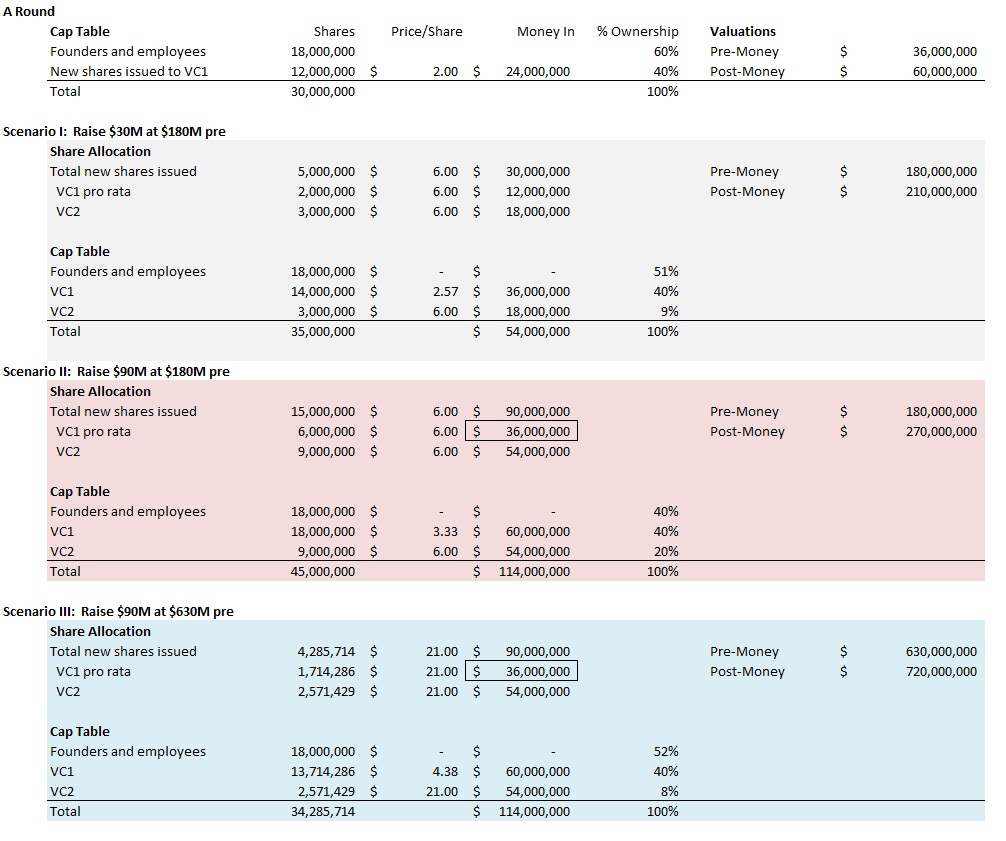

To learn more, launch our free accounting and finance courses! Adding Back a Tax Shield However, it is important to consider the effect of temporary differences between depreciation and capital cost allowance for tax purposes.

The tax savings are larger because there is a larger deduction. Depreciation Tax Shield Exampleįor example, if a company has an annual depreciation of $2,000 and the rate of tax is set at 10%, the tax savings for the period is $200.įor depreciation, an accelerated depreciation method will also allocate more tax shield in earlier periods, and less in later periods. This reduces the tax it needs to pay by $280,000. The intuition here is that the company has an $800,000 reduction in taxable income since the interest expense is deductible.

This is equivalent to the $800,000 interest expense multiplied by 35%. This company’s tax savings is equivalent to the interest payment multiplied by the tax rate. To learn more, launch our free accounting and finance courses! Interest Tax Shield ExampleĪ company carries a debt balance of $8,000,000 with a 10% cost of debt and a 35% tax rate. This is usually the deduction multiplied by the tax rate. The effect of a tax shield can be determined using a formula. To increase cash flows and to further increase the value of a business, tax shields are used. Since depreciation is a non-cash expense and tax is a cash expense there is a real-time value of money saving. Thus, the benefit comes from the time value of money and pushing tax expenses out as far as possible. It should be noted that regardless of what depreciation method is used the total expense will be the same over the life of the asset. Corporations can use a variety of different depreciation methods such as double declining balance and sum-of-years-digits to lower taxes in the early years. Since depreciation expense is tax-deductible, companies generally prefer to maximize depreciation expenses as quickly as they can on their tax filings. Since the interest expense on debt is tax-deductible (while dividend payments on equity shares are not) it makes debt funding that much cheaper.

The impact of adding/removing a tax shield is significant enough that companies will take it into account when considering their optimal capital structure, which is their mix of debt and equity funding. There are two main strategies companies use: To learn more, launch CFI’s free accounting and finance courses! How are Tax Shields Strategically Used?Ĭorporations and individuals both experience the benefits of tax shields. There are cases where income can be lowered for a certain year due to previously unclaimed tax losses from prior years. The value of these shields depends on the effective tax rate for the corporation or individual (being subject to a higher rate increases the value of the deductions).Ĭommon expenses that are deductible include depreciation, amortization, mortgage payments, and interest expense. Tax shields differ between countries and are based on what deductions are eligible versus ineligible. A Tax Shield is an allowable deduction from taxable income that results in a reduction of taxes owed.


 0 kommentar(er)
0 kommentar(er)
